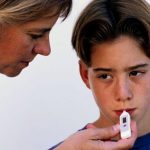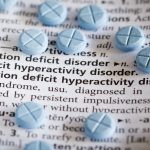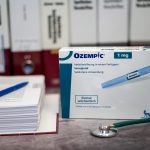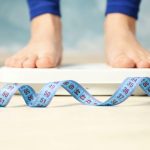
The two “freezing” episodes that Sen. Mitch McConnell experienced recently weren’t strokes or seizures, the Capitol physician said in a new letter released Tuesday. “My examination of you following your August 30, 2023, brief episode included several medical evaluations: brain MRI imaging, EEG study and consultations with several neurologists for a comprehensive neurology assessment. There is no evidence that you have a seizure disorder or that you experienced a stroke, TIA [transient ischemic attack] or movement disorder such as Parkinson’s disease. There are no changes recommended in treatment protocols as you continue recovery from your March 2023 fall,” wrote Dr. Brian Monahan. Monahan had already cleared McConnell for work after the Senate Republican Leader froze for the second time in a month during a briefing last Wednesday in Kentucky. Monahan said in that earlier statement that he had talked with McConnell and his neurology team, and that McConnell can continue his work schedule. McConnell, 81, was injured in March when he fell at a dinner event at a Washington, D.C. hotel. The senator had a concussion and a broken rib. On two separate occasions since then, McConnell has frozen while speaking publicly, including for about 30 seconds on Wednesday, the Associated Press reported. He was “momentarily lightheaded,” McConnell’s office told the AP. “Occasional lightheadedness is not uncommon in concussion recovery and can also be expected… read on > read on >



























-300x200.jpg)










